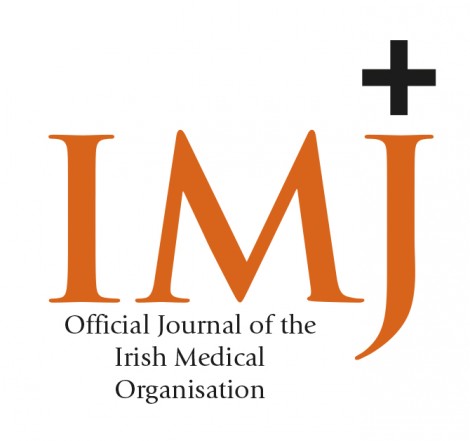Follow Up Chest Radiography In Paediatric Pneumonia: Is It Avoidable?
Dear Sir
Pneumonia is a common paediatric condition with estimated incidence 14.7 in 10,000 in children aged 0–16 years1. Evidence for benefit of follow-up chest radiograph (CXR) is inconclusive2-4. We therefore set out to examine the outcomes and timing of follow-up CXR in a group of paediatric patients and whether there is a link between blood tests (serum WCC, neutrophil, platelet, CRP) and radiological evidence of pneumonia. We studied 161 patients admitted to paediatric ward with radiological evidence of consolidation between 1st January 2016 and 30th October 2016. Mean (SD) age was 55.9 (48.5) months. Of these, 38 (23.6%) had atelectasis and 24 (14.9%) had pleural effusion. Of 161 patients, 93 (57.8 %) had a follow-up CXR, of whom 24 (25.8%) had both consolidation and atelectasis. Mean (SD) duration between initial and follow-up CXR was significantly longer in those with normal follow-up CXR findings (mean 10.26, SD 8.03 week), compared to those with persistent residual changes (mean 4.62, SD 5.91 weeks (p value 0.040).
In those who had a follow-up CXR within four weeks of initial imaging, repeat CXR was normal in 9 of 14 (64.3%). However follow-up CXR was performed at least six weeks after initial imaging in 59 patients, including 5 with changes noted at four weeks follow-up. In these patients repeat CXR was normal in 56 of 59 (94.9%); two of the three with persistent changes demonstrated atelectasis as well as consolidation. Moreover a further 28 patients, including three with residual changes at six weeks of follow-up, had further radiology between eight and twelve weeks post admission. In this group of patients, follow-up CXR was reported normal in 27 of 28 (96.4%); with persistent changes documented in one patient with atelectasis. Of 24 with both consolidation and effusion, 18 had follow-up CXR, all were reported normal.
Of 161 patients, 120 (74.5%) had normal serum platelet count [mean (SD) platelet count 321.4 (121.4) X109/l], 82 (50.9%) experienced normal WCC [mean (SD) serum WCC 13.8 (6.9) X109/l] and 61 (37.9%) had normal neutrophil values [mean (SD) neutrophil values 9.7 (6.2) X109/l]. Moreover, 15 (9.3%) exhibited CRP < 5mg/L [mean (SD) CRP 57.3 (63.4) mg/L]. Whilst some patients had normal single blood markers, when aggregated WCC, CRP and neutrophil counts every child had at least one abnormality. Of 161 patients, 141 (87.6%) had blood cultures, positive in two patients.
In conclusion, pneumonia can occur in children with a normal serum WCC, neutrophil or CRP values, but abnormalities usually evident when examined in aggregate. Follow-up CXR performed six weeks after initial diagnosis was normal in the majority of patients. However one in three patients who had an early follow-up CXR within four weeks from initial diagnosis had residual changes. Patients with both radiological evidence of consolidation and atelectasis may have persistent radiological changes, however clinical assessment should be the priority when deciding if CXR warranted. Follow-up chest radiograph should be deferred for at least six weeks after initial diagnosis.
Khan N, Whitla L, Kenosi M, Coghlan D, Nadeem M
Department of Paediatrics, NCH, Tallaght, Dublin 24
Corresponding author:
Dr Montasser Nadeem, Paediatric Consultant, NCH, Tallaght, Dublin 24, Ireland
References:
1) Wacogne I, Negrine RJS. Are follow-up chest x ray examinations helpful in the management of children recovering from pneumonia? Archives of Disease in Childhood 2003;88:457-458
2)Bentur H, Harave S. The value of repeat chest radiograph in a child with pneumonia. Archives of Disease in Childhood 2012;97:A10-A11.
3) Harris M1, Clark J, Coote N, Fletcher P, Harnden A, McKean M, Thomson A; British Thoracic Society Standards of Care Committee. British Thoracic Society guidelines for the management of community acquired pneumonia in children: update 2011. Thorax. 2011 Oct;66 Suppl 2:ii1-23.
4) Grossman LK, Wald ER, Nair P, Papiez J. Roentgenographic follow-up of acute pneumonia in children. Pediatrics. 1979 Jan;63(1):30-1.
(P701)
